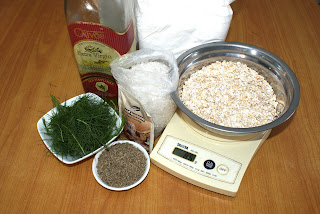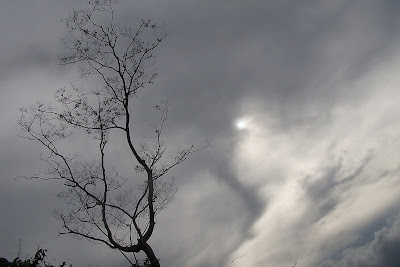WHY ME? ANOTHER BAD DAY?
After a recent harrowing experience with my first on-line trade in May 2010 with a bottle of cologne, I realized that I had opened myself wide to potential predators who would have no qualms of ripping up unsuspecting victims. I had done a foolish thing not to have taken the time and care to list the group of sales properly and I've made corrective action to prevent another incident from happening again.
If this event had happened many years ago, I would have an amygdale attack. In layman’s term, that means I would have reacted poorly and my hot temper would have taken over my grey matter, pushing aside any possible means of logical reasoning. In many cases, it has lead to dire personal consequences… hurt lives, lost opportunities, lost relationships and a loss of self-worth and respect.
As a young lad in a foreign land, I got picked on by a superior who always found fault in everything I do. I’m never good enough, my boots are never polished enough, my uniform is this... he always have something to pick on. Besides, no one else on the crew ever got chewed on. I had a venomous relationship with him. Why me? When the right questions are asked, the answers may surprise you and perhaps, doubted upon at that time. He shared that with me. I sneered and I’m right back in boot camp.
Reflecting back many years later, I would want to hug him and shake the hand of this drill-sergeant when I meet up with him. He was one of the key people who shape up my maturity.
Unfortunately, sometimes it takes time to appreciate a gift. That gift can come in unexpected forms. Like the 1985 recession. Why me? But like that drill-sergeant incident, I learned nothing from it. It took another major crisis to wake up my senses. The 1997 Asian economic crisis was one main event that shook me up. Why me? Again? When one is picking up the pieces after the Asian crisis and predators in the guise of a friend swindled me. Why me? But I’d supposed in a way, I had a small laugh by naming a newly-discovered worm after him.
Today coming this far, I am thankful to my family, a group of close friends and strangers who are now friends and especially my current business partner who have been supportive of helping me bridge through difficult times. I also want to thank the person who gave me that harrowing experience I wrote of in the beginning of this article as it reminds me that another bad experience is not necessary bad. Bad events are sometimes good teachers and they build, strengthen and develop a person’s self-worth and respect.
So if you are one of those who had a bad experience recently? Perhaps you could just take a breather in a quiet corner and ask… what good can come out of it? We all will have challenges in our every day lives. Will you become a stronger person or become a bitter person as an outcome of that experience? I have also learned to lean on a Greater Power for strength to weather through difficult storms. I find that during these difficult times, when I lay my troubles before God, I can find peace and a solution. Have Faith, He is Our Strength. God Bless You All.
Philippians 4:8 Finally brothers, whatever is true, whatever is noble, whatever is right, what is pure, whatever is lovely, whatever is admirable – if anything is excellent or trustworthy - think of such things.

















![The Notebook [Blu-ray]](http://ws.amazon.com/widgets/q?MarketPlace=US&ServiceVersion=20070822&ID=AsinImage&WS=1&Format=_SL160_&ASIN=B003B1X80Y&tag=ecologicord-20)
![The Bucket List [Blu-ray]](http://ws.amazon.com/widgets/q?MarketPlace=US&ServiceVersion=20070822&ID=AsinImage&WS=1&Format=_SL160_&ASIN=B0016P8OAG&tag=ecologicord-20)
![The Blind Side [Blu-ray]](http://ws.amazon.com/widgets/q?MarketPlace=US&ServiceVersion=20070822&ID=AsinImage&WS=1&Format=_SL160_&ASIN=B002VECM72&tag=ecologicord-20)










